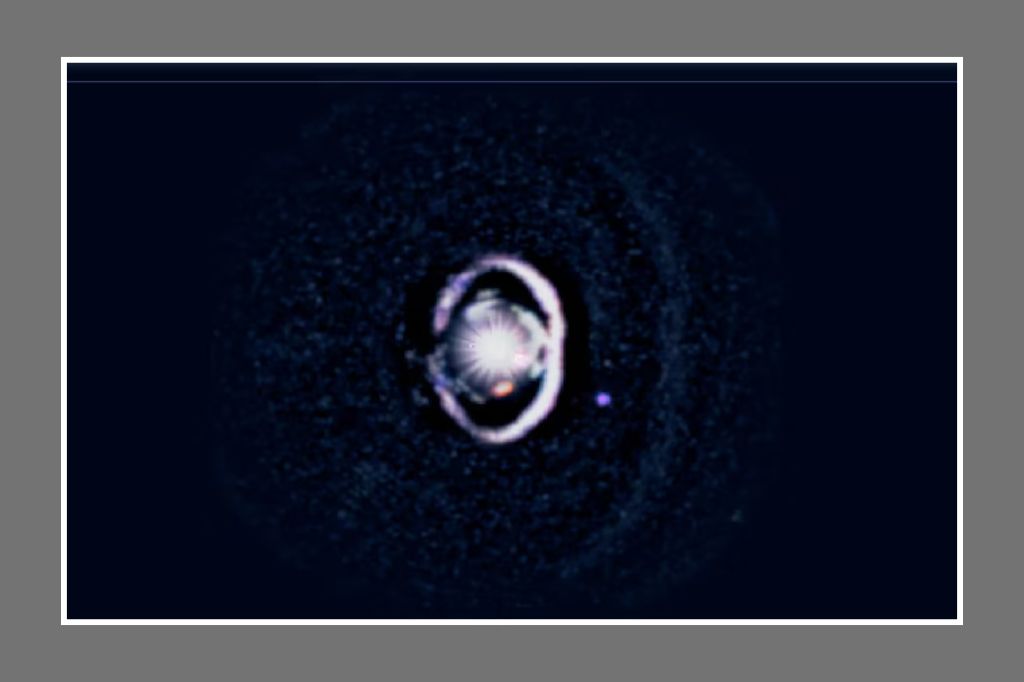In a historic breakthrough, astronomers have directly imaged a young planet, WISPIT 2b, forming inside a gap within a protoplanetary disk—a ring of gas and dust that surrounds young stars. This is the first confirmed observation of a planet developing within such a disk gap, a phenomenon scientists had long theorized was caused by emerging planets carving out space as they form.
According to NASA, WISPIT 2b is a massive gas giant, roughly five times the mass of Jupiter and only about five million years old—making it nearly 1,000 times younger than Earth. The planet orbits a youthful star named WISPIT 2, located approximately 437 light-years away. Using cutting-edge instruments, including the Very Large Telescope (VLT) in Chile and the MagAO-X instrument on the Magellan Clay Telescope, researchers captured the planet in Hydrogen-alpha light, a clear indicator of active planetary formation.
Further infrared observations from the Large Binocular Telescope revealed additional details about WISPIT 2b and hinted at the presence of a second forming planet closer to the star, suggesting the system may host multiple developing worlds. This remarkable discovery provides direct evidence of planet formation in real time, offering crucial insights into how planetary systems—like our own Solar System—take shape in the universe.







